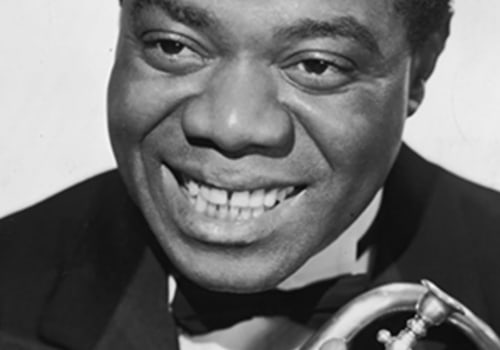The Jazz Age, also known as the Roaring Twenties, was a period of great economic growth and social change in the United States. It saw the emergence of ready-made clothing in standard sizes, the automobile, commercial radio, electrical appliances and the telephone, as well as the spread of music through domestic phonographic records. Jazz was created in New Orleans, and the invention of radio helped music gain popularity in the United States. Many people born in the 19th century felt threatened by a culture that seemed to have lost its moral compass.
William Jennings Bryan, a political and religious leader of the time, had campaigned hard for prohibition and, in 1919, it became the law of the country. But the law meant nothing to a savage new generation. Surveys showed that young people were losing faith in God. In his attempt to return America to the Bible, Bryan chose to attack a single idea: Darwin's theory of evolution.
The jazz era was a period of social transformation in the United States. It saw the popularization of an African-American form of music with the mass migration of black Americans from the rural South and also transformed American youth culture and the role of women. Ever since jazz emerged as a voice of freedom and change, it challenged many of America's traditions. Heavily influenced by African-American music, jazz made it a popular and desirable aspect of American society.
Not only was there greater recognition of the multicultural elements of the United States, but jazz also allowed women an outlet to express themselves. Throughout the 1920s, jazz crept into almost every aspect of American culture. Everything from fashion and poetry to the civil rights movement was affected by its influence. The style of clothes changed to make it easier to dance to the rhythm of jazzable dance music. Even poetry evolved as a result of jazz, and jazz poetry became an emerging genre at the time.
These poems presented the same depth of emotion and sense of improvisation as jazz music. Several famous music venues, such as the Cotton Club, the Apolo, the Savoy and the Aragón, began during the Jazz Age. These styles didn't go well with jazzable dance music and its lively dance moves that accompanied it. Music was one of the most prominent ways in which current times changed, with jazz music so popular today. It then emerged in the form of independent traditional and popular musical styles, all united by common ties of African American and European-American musical ancestry with a stage orientation.
Originally from New Orleans, jazz music came to northern urban cities with massive migration of African Americans, leading some of jazz greats straight into jazz era. The genre has permeated musical culture to point where it is almost impossible to find someone who is not influenced by jazz at any time. Visit Birdland, one of New York's oldest jazz clubs, to truly experience legacy that jazz music has left behind. One main reasons why jazz music was able to transcend limitations of African-American music was arrival of mass recording on radio. Jazz music became most popular form of music during 1920s, spreading with radio and recording stores, effectively influencing movies. The jazz era was time in United States in 1920s and 1930s when jazz music and dance styles quickly gained popularity across country.
Jazz is musical genre that originated in African American communities New Orleans, Louisiana, late 19th and early 20th centuries, developed from its roots in blues and ragtime. The jazz era also coincided with Harlem Renaissance when African-American art, culture, literature, poetry and music flourished. Since only limited number American jazz records were released Europe, European jazz has many its roots American artists such James Reese Europe, Paul Whiteman and Lonnie Johnson who visited Europe during and after First World War. Although radio era was largely dedicated white jazz artists those considered jazz greats are predominantly African-American. Jazz has not only grown and thrived over past hundred years but also shaped future American music.
Cultural repercussions of jazz era were felt mainly United States birthplace jazz.



